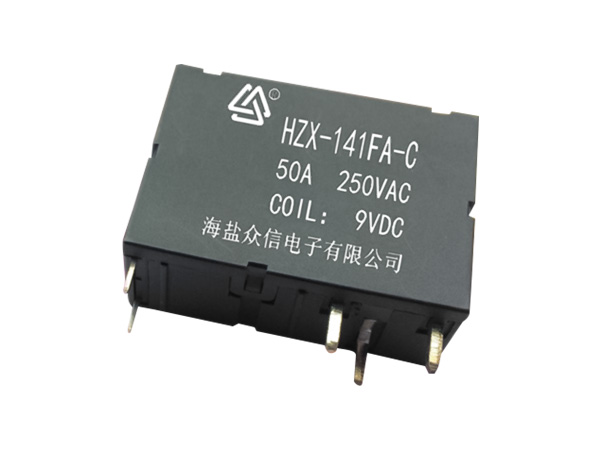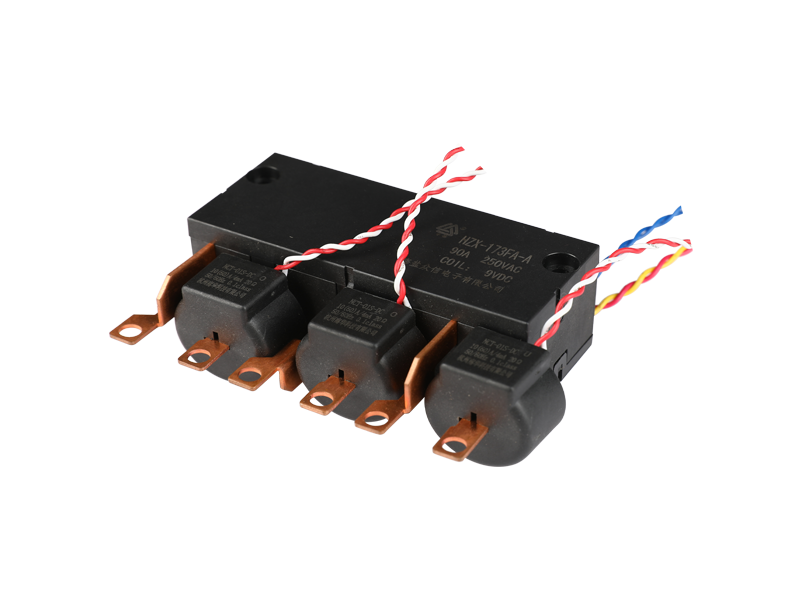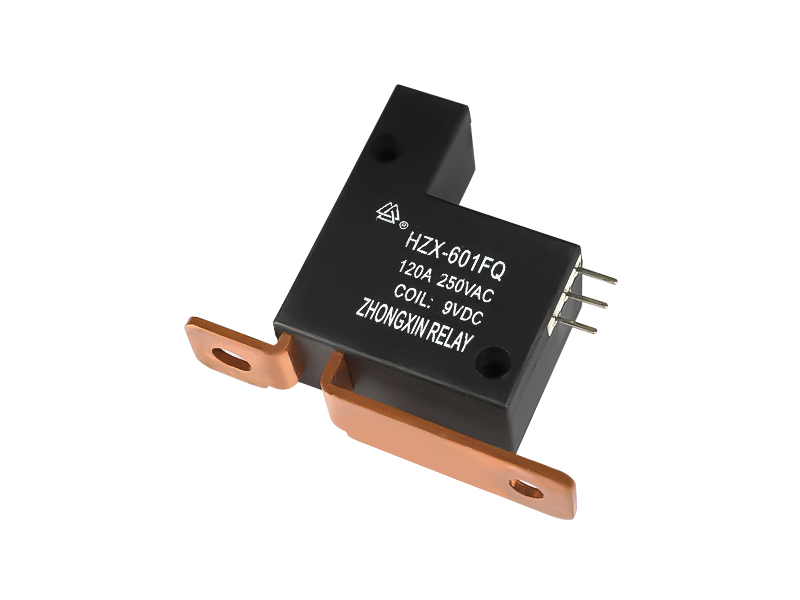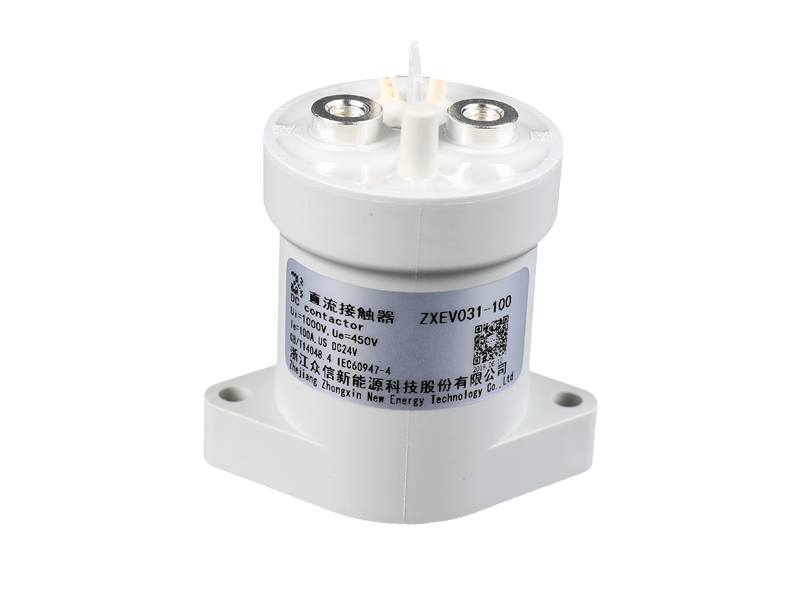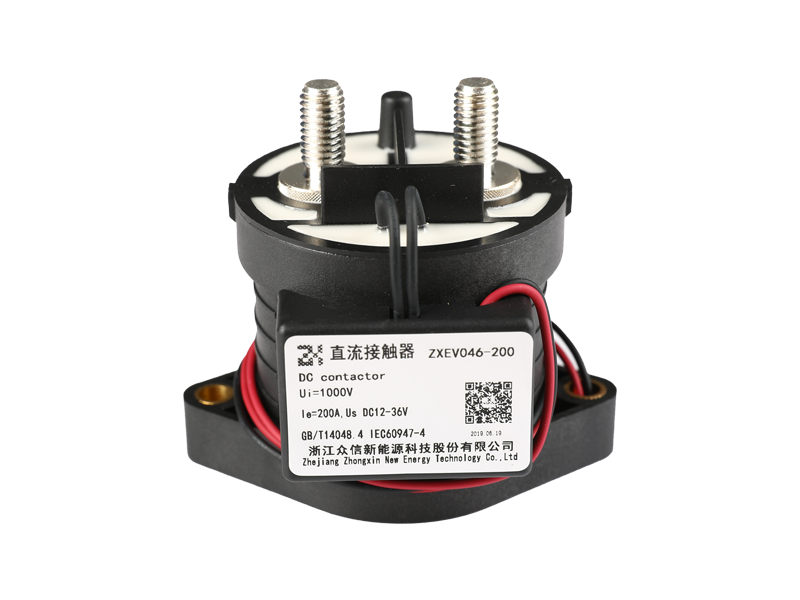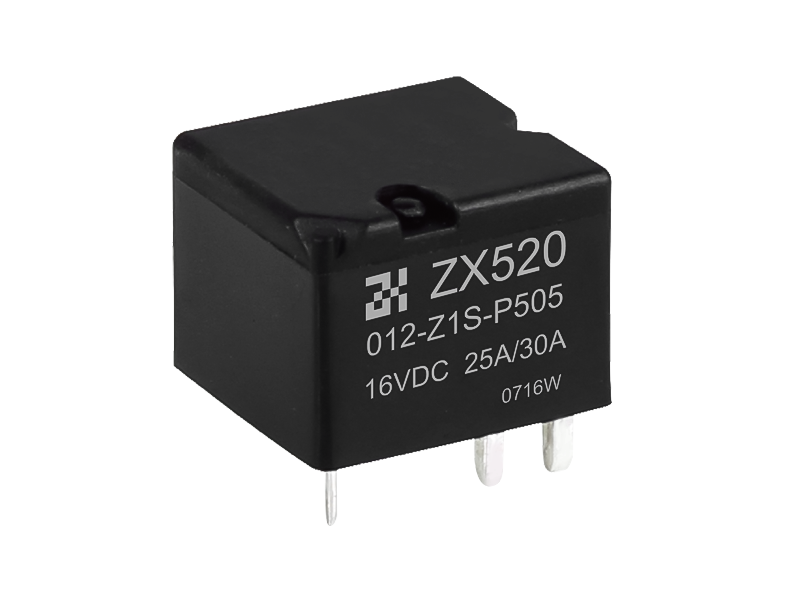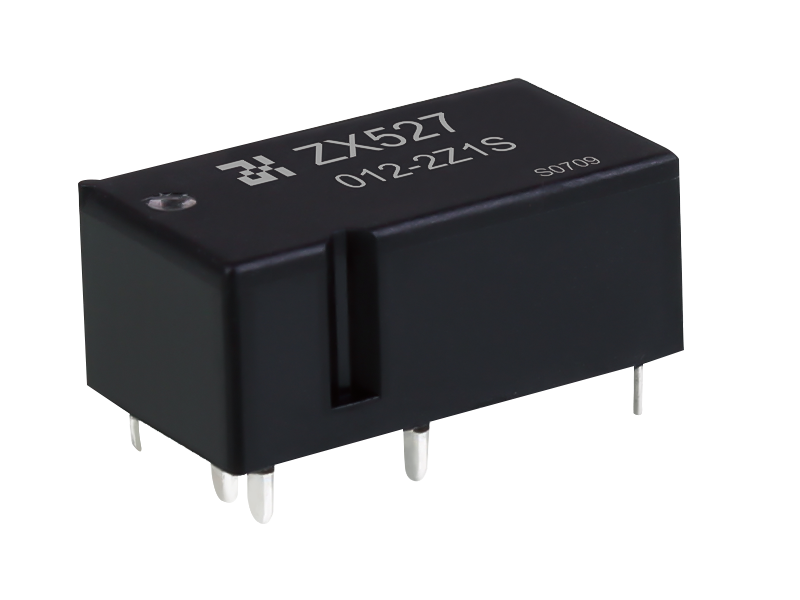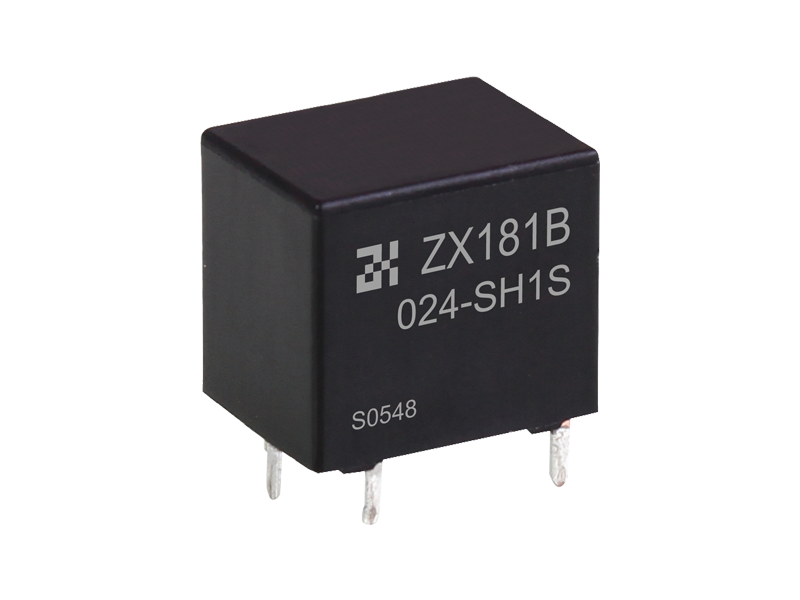In the automotive electronic control circuit, the relay (Relay) is an indispensable device. When designing automotive electronic control circuits, the relay is calculated by the method of logic algebra, because the relay only works in two states: open (expressed as "0") and closed (expressed as "1").
1. The basic structure and main functions of the relay

1. The basic structure and main functions of the relay
Automotive relay is mainly composed of coil, armature, moving contact and static contact (see Figure 1). When the current passes through the coil, a magnetic field is generated, attracting the moving contact to move, and contacting the static contact, so that the terminal 1 and the terminal 2 are turned on, and the main circuit forms a loop, so that the controlled electrical appliances are put into operation. It can be seen that the relay circuit actually includes two parts: the control circuit operated by the coil and the main circuit operated by the contacts. The pair of contacts in the main circuit can only act when the relay coil has operating current flowing through it.
The main functions of automotive relays are as follows:
①Control strong current with weak current;
②Reduce the number of manual switches;
③To achieve the purpose of sequential control of electrical appliances;
④Protect smaller switches and thinner wires to ensure the safe and orderly operation of electrical equipment;
⑤Some models (such as Iveco SOFIM diesel common rail engine) use many miniaturized relays with internal resistors/diodes. Miniaturized relays can save assembly space. Relays are equipped with resistors/diodes, which can reduce or eliminate the 300~500V peak voltage that may appear in the circuit, thereby protecting the components in the electronic control system and preventing functional errors.

